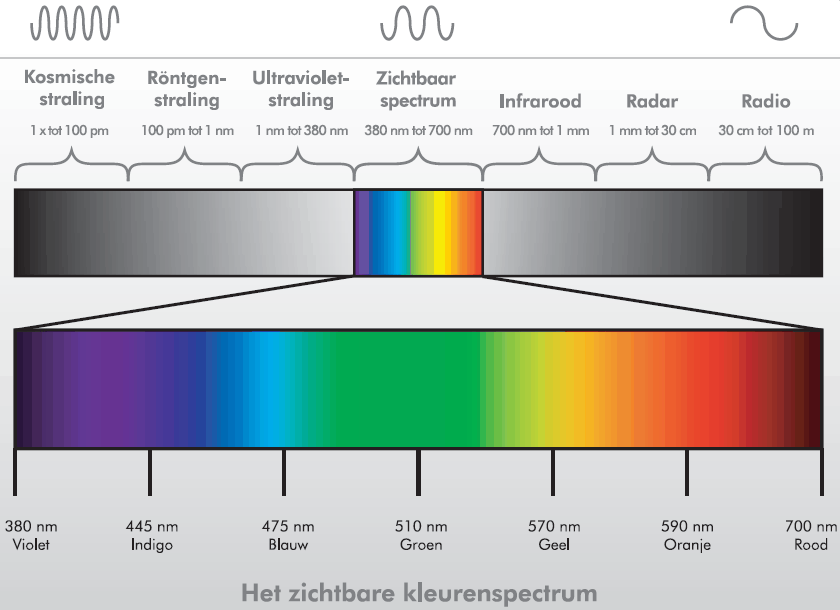In terms of eyesight of Grofwild, following analysis
Brightness
The eyes of wildlife are highly adapted to night vision. Vision within the eye is determined by Rods, which provide brightness, and Cones, which provide color. In Wild, the number of rods (brightness) is much greater than the number of cones (color). Thus, Wild has better Night Vision than Color Recognition. Which of course makes sense given the way of life of Wild.
Motion
Given the placement of the eyes, sideways on the head, most big game species have a very wide field of vision. Which naturally increases their panoramic vision and alertness. Because of this wide vision, they naturally sacrifice perception of details. Vision is therefore more determined by movement and contrast.


